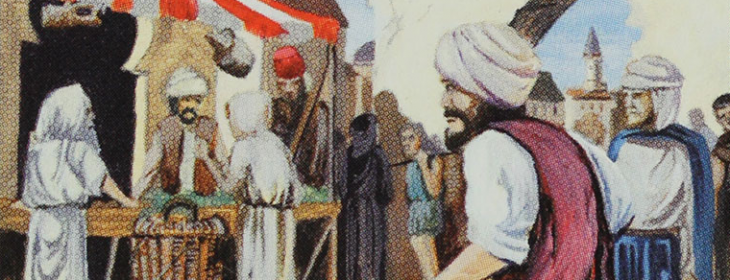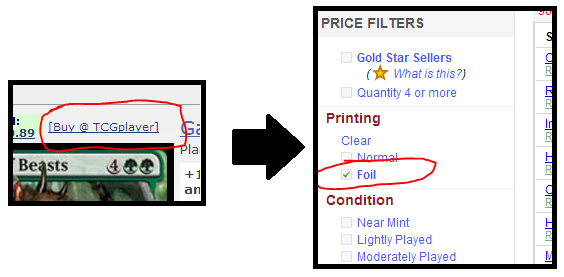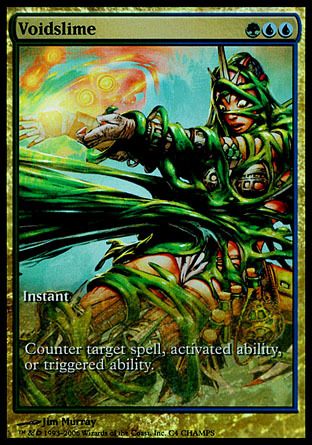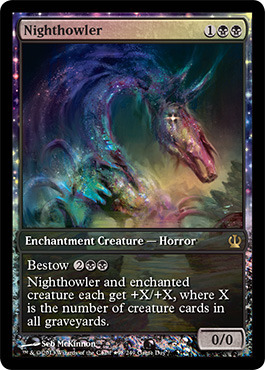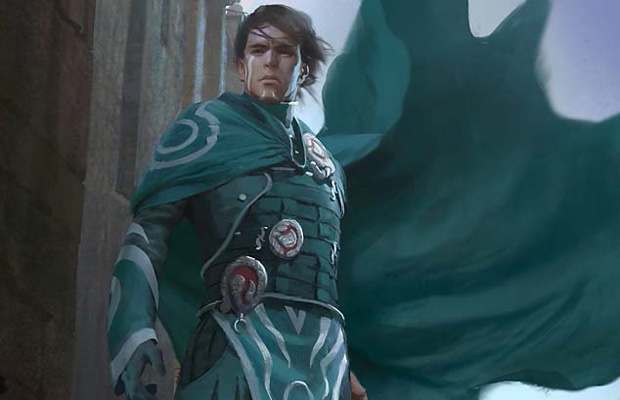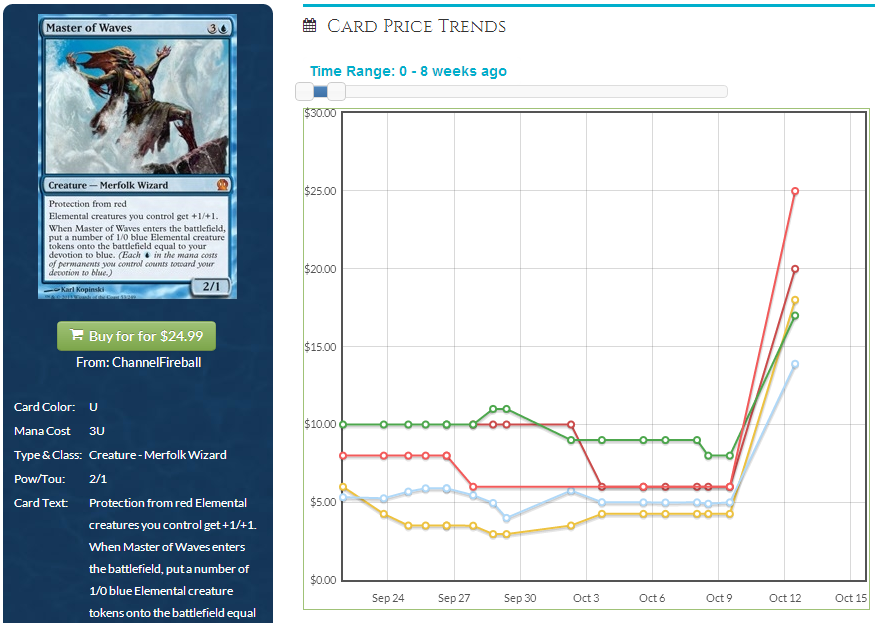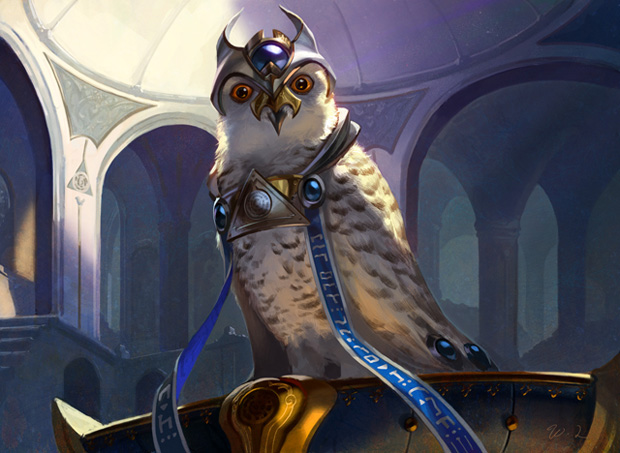By: Travis Allen
Magic finance moves very fast these days. During Pro Tour Theros, Master of Waves quadrupled in price over the span of something like 14 hours. Nightveil Specter and Thassa saw similar rapid movement the same weekend. If had been watching Twitter that Friday afternoon you would have heard about the impending spikes and had the opportunity to make purchases based on that info. Of course you may have gotten your order cancelled, but at least you could have made great trades that night at FNM or on a Saturday afternoon draft. If, however, you didn’t learn about any of this until Monday or Tuesday morning when you read recaps of the weekend, you were already too late.
If you’re reading about a card’s rise in an article, the train has probably already left the station. At the time I’m writing this, it is Monday afternoon. Even if a card started moving as I’m typing – if Kibler tweets a picture of a deck with 4x Zegana claiming he broke it – and I put the breakout news in this piece, you wouldn’t read about it until Wednesday morning at the earliest. Meanwhile, Zegana would be sold out across the internet by Monday evening. This is why many discussions of individual cards in articles fall into one of two categories. Either the card already jumped and it’s a discussion of whether to hold or sell, or it’s a longer-term prediction that is truly predictive, and thus suffers a far less success rate unless the writer is nostradomesque.
What does all of this mean? It means that if you want to know what’s going on in the finance world, there is exactly one place to get the most up-to-date news: Twitter. There is no other single tool or medium that provides the real-time updates on hot tips alongside quality discussion from knowledgeable parties. I can’t tell you how many times I’ve read about a price spike on Twitter Friday afternoon, then scored several copies of the card for way under its new value several hours later at FNM. Knowledge = capital.
So you head off to twitter.com and register for a new account. Now what though? You can tweet into the aether, but that won’t get you very far without any followers. What you need is a lead on who to listen to. There are some obvious choices for the average MTG enthusiast, such as Aaron Forsythe (@mtgaaron), Mark Rosewater (@maro254), or Luis-Scott Vargas (@lsv). You will find plenty of other interesting accounts to follow by watching who these guys interact with, but my goal is to help you jump right into the thick of things.
Keep in mind that because of the way Twitter works, you only see a discussion between two parties if you follow both of them. If Aaron and Mark are tweeting back and forth, and you only follow one of them, you won’t see the conversation. This means that the amount of information available to you expands exponentially the more people you follow. A good deal of helpful insight comes in the form of conversations between several people, so make sure you err on the side of following more people than not.
What follows in no particular order is a list of individuals that can frequently be found discussing up-to-date finance info. This list is by no means exhaustive, but it will certainly get you started. I guarantee that if you follow these people and pay attention, they will make you money.

@sigfig8
Sigmund is one of the first Magic finance guys I started following, and I still get good info from him regularly. He is most characterized by his love of sealed product and a predilection for prudent, lower-risk investments. A cautious voice in a realm prone to exaggeration and hype can help temper some of your more rash decisions.
In addition to his activity regarding Magic, Sigmund can often be found tweeting about real life stock investing, which can occasionally help provide a splash of reality when you stop and compare that to trading cardboard back and forth.

@JasonEAlt
Jason Alt is one of the better known faces of Magic finance, and his work even occasionally appears here on mtgprice.com. Brainstorm Brewery, the (largest?) financial podcast, is also a home to Jason’s insight, where he is one of the distinguished hosts.
Being a large part of the community, a lot of useful information flows through and from him colored by his typical light derision. Jason is a great resource for hot card tips, as he passes along many things he hears that appear credible. You’ll also encounter plenty of other finance-minded types through his tweets.

@Becvar
Nick Becvar has less followers than some of the other people on this list, but has some of the most useful and actionable information on Twitter. Lately, he’s been encouraging people to take out second mortgages to buy every copy possible of Mind Seize, the Grixis Commander 2013 deck that houses True-Name Nemesis. He’s one of my more recent follows, but absolutely a great resource. I’m pretty sure that he was one of the first people I saw that passed along the mono-blue deck information on the Friday before Pro Tour Theros.

@Chosler88
Corbin is another mainstay of the MTG finance scene, writing articles all over the internet about the topic each week. Be warned that his finance tweets will be interspersed with merfolk adoration and fantasy sportsball commentary.

@time_elemental
What JR brings to the metaphorical table is a bit different than most other on this list. While you won’t often get insight on individual cards from JR, what you will get is more broad, economically-sound considerations of larger market trends. This is because JR works in the real world of the stock market, and translates this knowledge to Magic. There is a lot to digest in his 140 characters. I only wish I had the economic background to understand all the things he discusses.

@chasandres
The only finance type on SCG, Chas has a good deal more exposure than most others. He doesn’t tweet terribly often, but when he does, it’s often good stuff. When I see his avatar appear in my timeline out of the corner of my eye, I make sure to check it out.

@mtgprice
The Twitter account for this here website. Follow it to see exactly when new articles from your favorite MTGPrice writers are live!
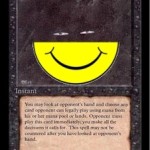
@wordofcommander
Cliff is a fellow writer here at MTGPrice, and as his Twitter handle implies, fairly commander oriented. He doesn’t tweet all that often, but when he does, it’s almost always on topic. I enjoy the opportunity to see the market through the eyes of someone with a very different method of perspective than my own.

@wizardbumpin
Yours truly. I try to tweet about something related to Magic finance at least once a day. I enjoy posing questions to my followers to engage the public and discover different perspectives. I also like to chat with many of the other people mentioned above directly, so make sure you’re following all of us in order to see interactions.
Warning: I do a lot of retweeting of “weird Twitter” accounts, which basically means if you follow me you’ll see lots of very funny stuff like this:
don’t think of it as a break up, think of it as a remix. oh i almost forgot your dog got remixed by a car yesterday
— mustard (@nice_mustard) November 29, 2012
Ya I love Shark Week. Big fan of sharks, always have been. I love their *googles “shark”* Their teeth, and uh *looks again* All the loans.
— Sean (@asimplesean) August 5, 2013
If you follow anyone above because of this article, shoot them a tweet and let them know. Everyone enjoys hearing that someone wants to hear what they have to say.

